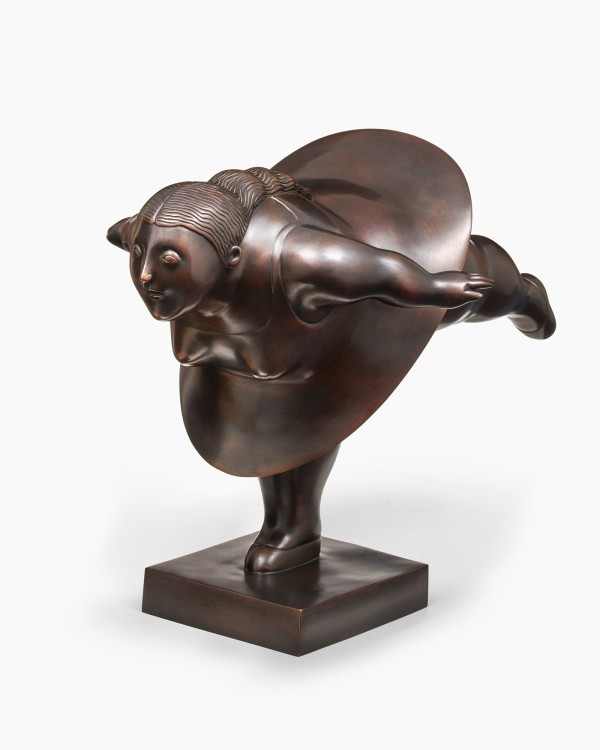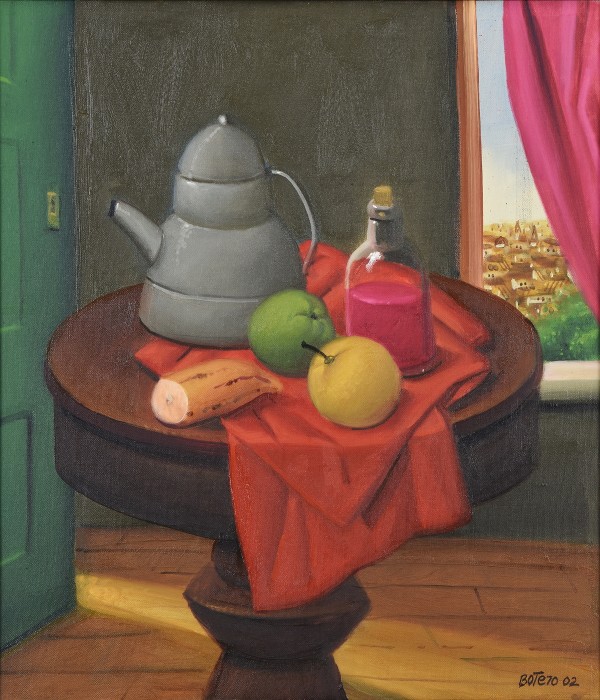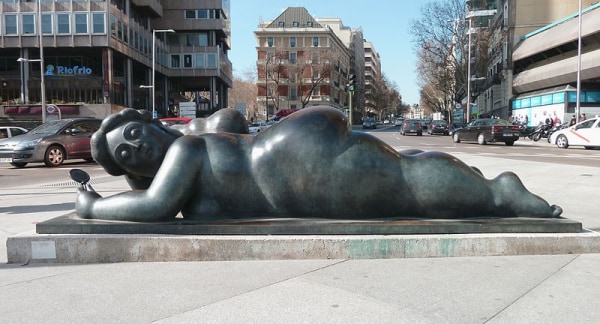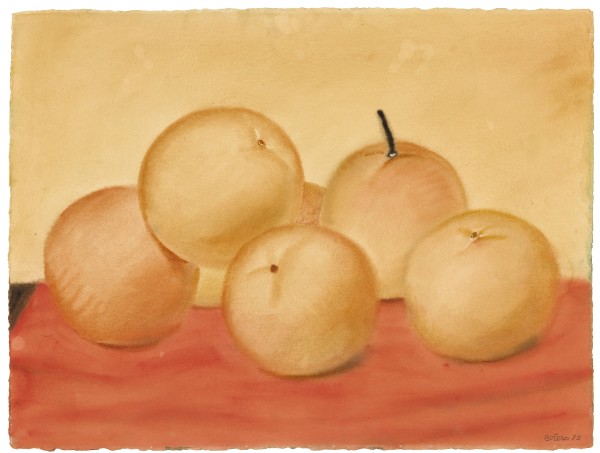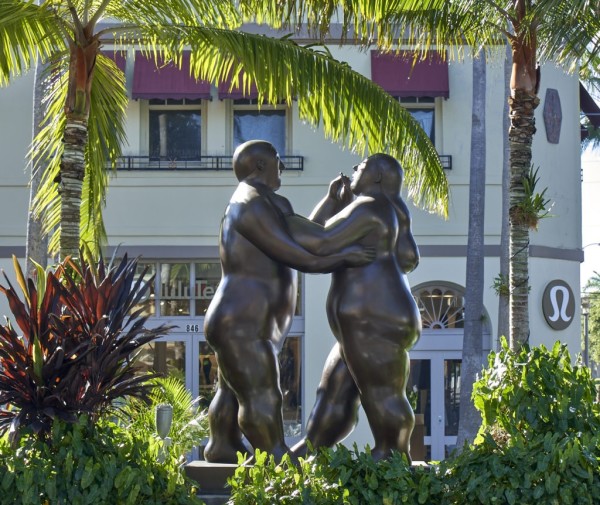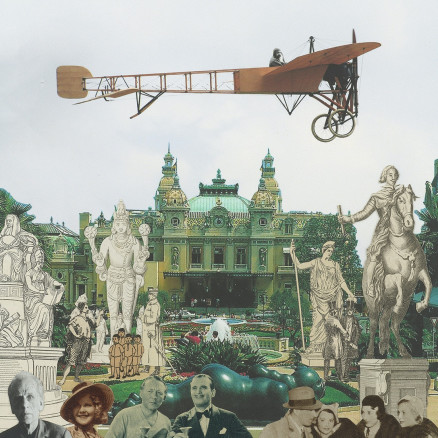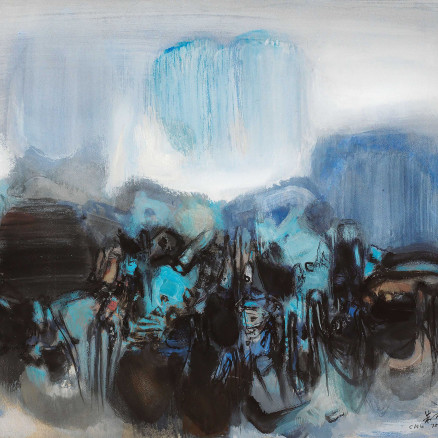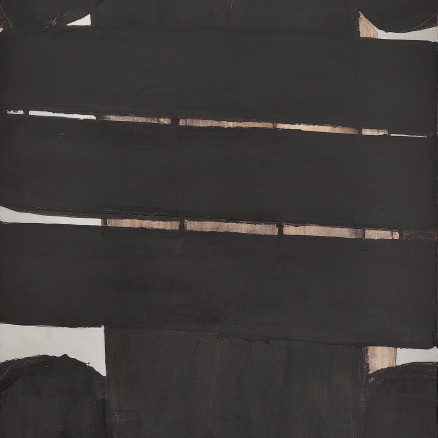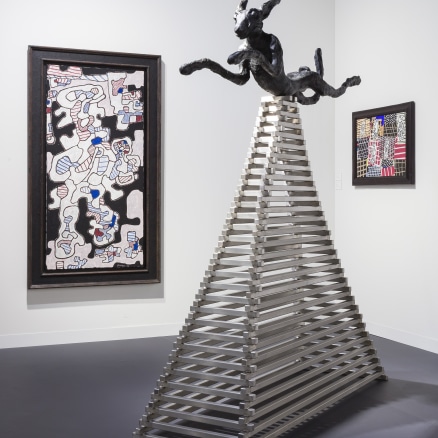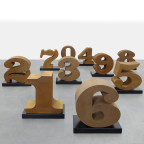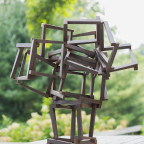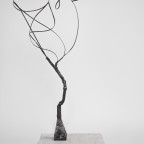Biography
Fernando Botero (b.1932, Medellín, Colombia; d.2023, Monte Carlo, Monaco) was born to a family of modest means. His uncle enrolled him in a school for bullfighters at the age of twelve, but Botero was primarily interested in drawing. The extravagantly rounded figures characteristic of his work were influenced by the exuberance of the ornate Spanish colonial Baroque churches and palaces that decorate Latin America. Botero appropriated the Baroque art and architecture omnipresent throughout his childhood, by synthesising the Spanish tradition of painting, foremost Velázquez and Zurbarán, and the fantastical imagery of Colombian folk imagery.
After winning second place at the 9th Salón Nacional de Artistas, Bogotá, in 1952, Botero travelled to Madrid where he studied and copied the works of the Old Masters, such as Tintoretto, Titian, Goya and Velázquez, at the Prado Museum. Leaving Spain, Botero attended the Academy of Fine Art in Florence to study fresco technique and toured Italy on his motorcycle to see the quattrocento Renaissance frescoes. He eagerly studied the paintings of Piero della Francesca (1416–92), whose work Botero deems the apotheosis of Renaissance painting and Giotto di Bondone (c.1270–1337) who painted in the late middle ages and depicted volume through the synthesis of form and colour. Botero moved to Mexico City in 1955 and encountered first-hand the work of the Mexican muralists, Diego Rivera, David Alfaro Siqueiros and José Clemente Orozco. He was influenced by a sense of the monumental, and the moral imperative of their social realist murals. This encounter encouraged the enlargement of his painted forms and in the following year, Botero painted ‘Still Life with Mandolin’ (1956) in the exaggerated, large-scale manner that determined his mature style.
Botero made his first bronze sculptures in 1973 after moving to Paris, a material that successfully transformed the voluptuous painted figures from his canvas into three-dimensional sculptures. In 1980, Botero bought a house in Pietrasanta, a town first recognised by Michelangelo for its proximity to the marble mountains of Carrara, and enthusiastically embraced sculpture, saying of the medium: ‘Sculpture permits me to create real volume… One can touch the forms, one can give them smoothness, the sensuality that one wants’. Botero’s monumental sculptures have been installed in public locations around the world, such as Avenue des Champs-Élysées, Paris; Forte Belvedere, Florence; Broadgate, London; Park Avenue, New York; Michigan Avenue, Chicago; Paseo de Recoletos, Madrid.
Botero participated in the Venice Biennale in 1958 and 1992 and represented Colombia in the 5th São Paulo Biennial, Brazil. He has had major retrospectives at Museum Boijmans Van Beuningen, Rotterdam (1973); Museo de Arte Contemporáneo de Caracas (1976); Hirshhorn Museum and Sculpture Garden, Smithsonian Institution, Washington, DC (1979); Seibu Museum of Art, Tokyo (1981); Museo Nacional Centro de Arte Reina Sofia, Madrid (1987); The Hermitage, St Petersburg; Museo de Bellas Artes, Bilbao (2012); and many others.
Read more
Works
-
 Fernando Botero, Dancer, 2011
bronze
44 x 40 x 56 cm
Fernando Botero, Dancer, 2011
bronze
44 x 40 x 56 cm
-
 Fernando Botero, Dancers, 2011
bronze
134 x 91 x 55 cm
Fernando Botero, Dancers, 2011
bronze
134 x 91 x 55 cm
-
 Fernando Botero, Still Life with Coffee Pot, 2002
oil on canvas
38 x 33 cm
Fernando Botero, Still Life with Coffee Pot, 2002
oil on canvas
38 x 33 cm
-
 Fernando Botero, Woman with a Mirror, Plaza de Colón, Madrid, Spain., 1987
bronze
Fernando Botero, Woman with a Mirror, Plaza de Colón, Madrid, Spain., 1987
bronze
-
 Fernando Botero, Still Life with Oranges, 1979
watercolour on paper
57 x 75.5 cm
%3Cdiv%20class%3D%22artist%22%3E%3Cspan%20class%3D%22artist%22%3E%3Cstrong%3EFernando%20Botero%3C/strong%3E%3C/span%3E%3C/div%3E%0D%3Cdiv%20class%3D%22title%22%3E%3Cem%3EStill%20Life%20with%20Oranges%3C/em%3E%2C%201979%3C/div%3E%0D%3Cdiv%20class%3D%22medium%22%3Ewatercolour%20on%20paper%3Cbr%20/%3E%0A%3C/div%3E%0D%3Cdiv%20class%3D%22dimensions%22%3E57%20x%2075.5%20cm%3C/div%3E
Fernando Botero, Still Life with Oranges, 1979
watercolour on paper
57 x 75.5 cm
%3Cdiv%20class%3D%22artist%22%3E%3Cspan%20class%3D%22artist%22%3E%3Cstrong%3EFernando%20Botero%3C/strong%3E%3C/span%3E%3C/div%3E%0D%3Cdiv%20class%3D%22title%22%3E%3Cem%3EStill%20Life%20with%20Oranges%3C/em%3E%2C%201979%3C/div%3E%0D%3Cdiv%20class%3D%22medium%22%3Ewatercolour%20on%20paper%3Cbr%20/%3E%0A%3C/div%3E%0D%3Cdiv%20class%3D%22dimensions%22%3E57%20x%2075.5%20cm%3C/div%3E -
 Fernando Botero, Ballerini. Courtesy of the Nader Museum of Art
Fernando Botero, Ballerini. Courtesy of the Nader Museum of Art






